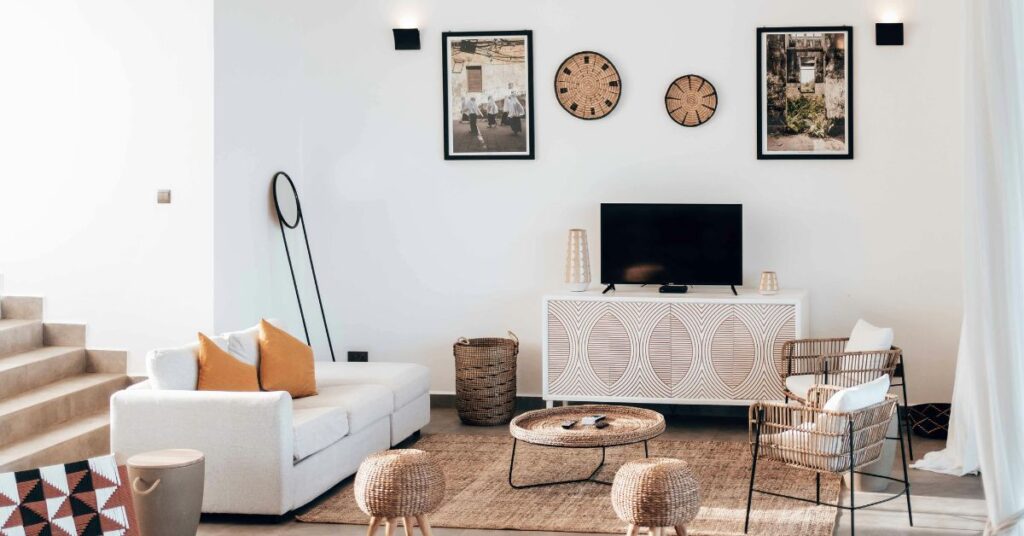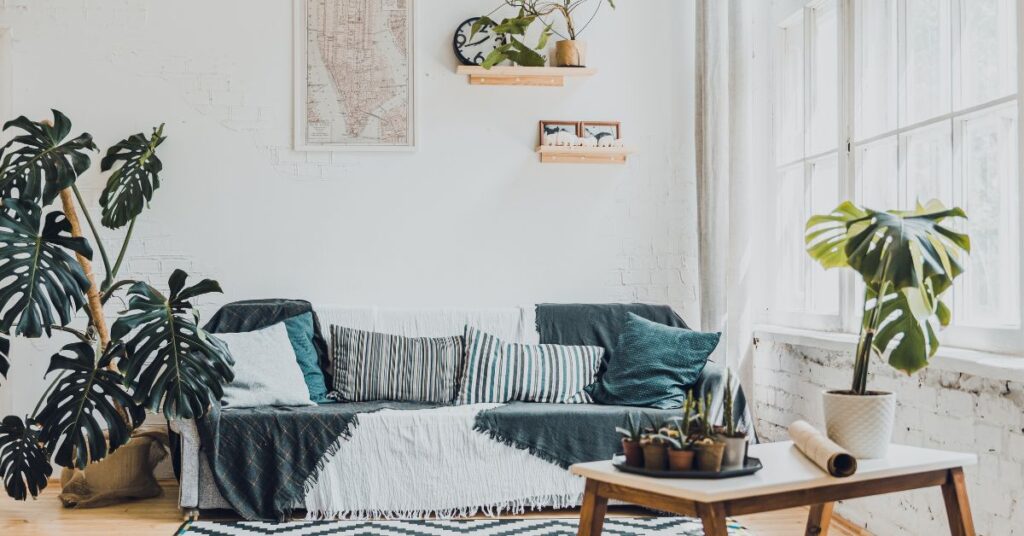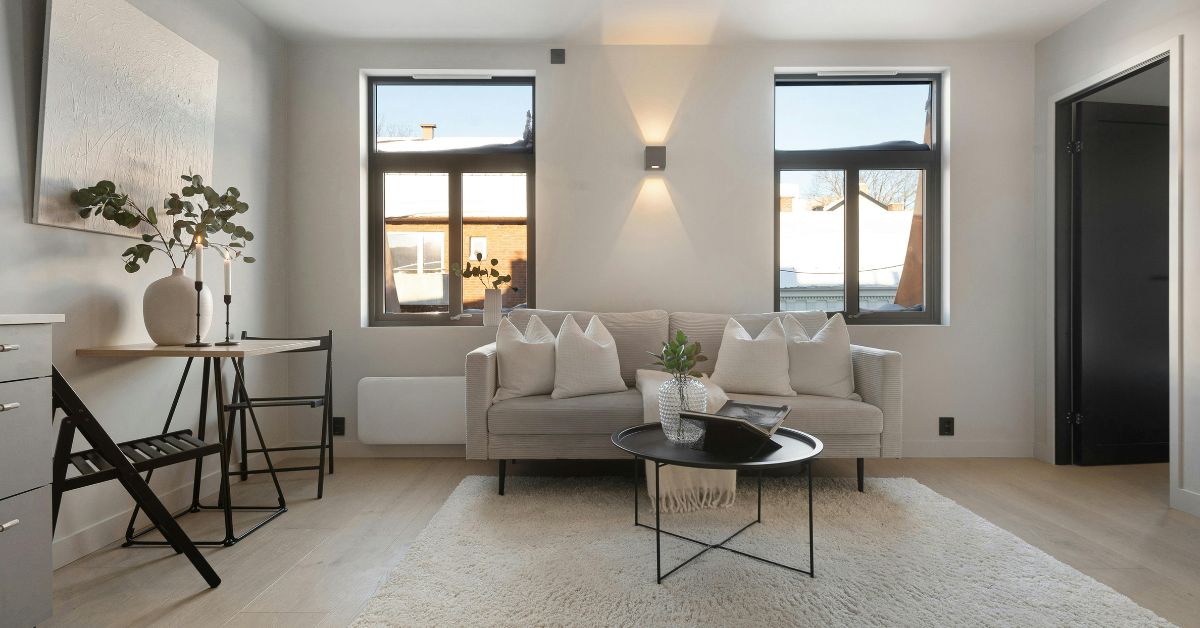Gessolini: The Emerging Sign of Innovation, Style, and Culture
In a time of sustainability, digital revolution, and cultural renewal, the globe is witnessing a subtle yet significant evolution in design. A silent name is starting to reverberate throughout digital landscapes, minimalist homes, fashion runways, and creative studios: Gessolini. This phrase, which has strong European roots, has become a growing representation of fashion, culture, and creativity. It exhibits the blending of ethics and beauty, craftsmanship and purpose, tradition and contemporary.
Among creatives, Gessolini is no longer merely a whisper. It’s a motion. It stands for a manner of thinking, being, and producing. But what is Gessolini exactly, and why is it capturing people’s attention throughout the world? Let’s explore the various facets of this dynamic phenomenon.
The Origin and Meaning of Gessolini
The diminutive suffix “-lini,” which connotes something delicate or little, is added to the Italian root “gesso,” which means chalk or plaster, to get the term “gessolini.” In the past, Renaissance artists employed “gesso” as a foundation layer for paintings and murals. Therefore, “Gessolini” suggests exquisitely rendered details, minor creative flourishes, or elements necessary to a larger total.
However, Gessolini is more than just its historical context. It now stands for a philosophy based on sustainability, texture, beauty, and minimalism. It symbolises a return to authenticity in a world that is rapidly changing and increasingly computerised.
Gessolini in Interior Design: Simplicity Meets Substance
Gessolini has become synonymous with contemporary interior design that prioritizes tactile experience, emotional comfort, and environmental mindfulness. Its aesthetic is rooted in calming neutrals, natural materials, and textures that encourage interaction.
Key elements of Gessolini interiors include:
- Limewashed or plaster-finished walls
- Neutral palettes of ivory, stone, clay, and ash
- Handcrafted decor: ceramics, woven baskets, wooden sculptures
- Open spaces with natural light and uncluttered flow
Interior designers around the world are using Gessolini principles to craft homes that soothe rather than stimulate. The result is a living space that supports well-being and reflects inner peace.

The Rise of Gessolini in Fashion
Gessolini has inspired a new generation of deliberate, unhurried, and understatedly elegant fashion designers. Gessolini fashion emphasises lasting style over fads. Consider muted-toned linen suits, hand-stitched accessories, and clothing composed of organic cotton or raw silk.
Designers who adopt the Gessolini philosophy are selecting sustainable materials, celebrating the flaws of handmade work, and going back to craftsmanship. The purpose of these garments is to subtly convey meaning rather than to yell.
Characteristics of Gessolini fashion:
- Earth-inspired tones: ochre, taupe, foggy gray, sandy beige
- Simple, fluid silhouettes
- Natural fabrics: linen, wool, organic cotton
- Focus on craftsmanship and sustainability
From boutiques in Milan to ethical fashion houses in Tokyo, Gessolini is redefining what it means to dress with purpose and presence.
Gessolini in Art and Craft
There is no denying Gessolini’s artistic influence. The phrase is used by artists to refer to a media and style that respects tactile perception and antiquated materials. These days, chalk-based textures, layering methods, and unpolished, flawed surfaces that mimic the texture of the soil are being experimented with by sculptors and painters.
Gessolini art tends to be:
- Minimalist in form
- Rich in texture
- Grounded in natural tones
- Emotive rather than decorative
Artisans in ceramics, printmaking, and woodworking are increasingly using Gesso-lini as a label to describe works that resist mass production and prioritize individuality.
Gessolini and Digital Culture
It is emerging as a digital design language in the virtual world. Hashtags like #gessolini on social media sites like Instagram and Pinterest show a plethora of subdued colours, serene images, and simple designs. Today, web designers are creating user interfaces that are influenced by Gess-olini’s elegance and simplicity.
Digital characteristics of Gess-olini design:
- Muted color schemes
- Minimalist typography (often serif or handwritten)
- Texture overlays to simulate touch
- Emphasis on space, stillness, and emotion
Wellness apps, interior design blogs, and artisanal brands are leading adopters of the Ges-solini digital aesthetic. It has become a symbol of trust, balance, and sophistication online.

Cultural and Philosophical Dimensions of Gessolini
More than a design trend, it is emerging as a cultural philosophy. It reflects a yearning for:
- Slowness in a fast-paced world
- Connection in a fragmented society
- Craft in an age of automation
It inspires people to choose fewer but better things, to surround themselves with meaningful things, and to value the flaws that come with being authentic. Gess-olini thus addresses universal principles that cut across time, space, and occupation.
The Sustainability Commitment Behind Gessolini
It’s strong ties to environmental methods are among its most potent features. It favours durable materials, ethical sourcing, and the ideas of the circular economy over wasteful mass production.
Sustainable features of Gess-olini products:
- Reclaimed wood and stone in furniture
- Biodegradable or recyclable packaging
- Eco-conscious dyes and fabrics in clothing
- Minimal waste production methods
In a world battling environmental degradation, it shows how beauty and sustainability can coexist without compromise.
Gessolini as a Brand Identity
Nowadays, “Gessolini” is being used by entrepreneurs and creatives as a component of their project identities, brand names, or nicknames. It exudes style, genuineness, and originality right away.
Successful use cases:
- Ges-solini Studio: A ceramic art collective
- Maison Gess-olini: A boutique interior design firm
- Gess-olini.co: A lifestyle blog and e-commerce platform
By choosing a name like it, brands tap into a narrative that already suggests trust, artistry, and refined taste.
Global Interpretations of Gessolini
The beauty of it lies in its adaptability. Around the world, its core values take on local flavor:
- In Japan: It aligns with wabi-sabi aesthetics of simplicity and imperfection.
- In Scandinavia: It echoes hygge’s warmth and coziness.
- In Morocco: It connects with traditional textures and earthy palettes.
- In Latin America: It finds synergy with indigenous craftsmanship and natural materials.
Despite its European origins, it is a global language of design and culture.
The Emotional Impact of Gessolini
Psychologically, it creates a sense of:
- Calm: Through muted colors and open space
- Groundedness: By using earth-derived materials
- Nostalgia: With references to heritage and tradition
- Mindfulness: Encouraging slow appreciation of beauty
Spaces or products designed with it in mind tend to lower stress, increase focus, and enhance emotional well-being.
Gessolini and the Future of Innovation
It’s ability to combine innovation and tradition is its most intriguing feature. It supports intention rather than technology, as seen by its use of biodegradable plaster and AI-generated minimalist design templates.
Future trends include:
- 3D-printed Gessolini-inspired furniture using recycled materials
- AR apps that simulate Gessolini interiors
- Wearable tech designed with minimalist aesthetics
- Educational platforms teaching Gessolini craft techniques globally
In this light, it becomes a blueprint for design innovation with soul.

Conclusion
It is not merely a fashion or brand. It is a silent revolution in the way we create, live, and engage with the world. We select a future that prioritises depth over noise, texture over gloss, and significance over trend when we choose Gess-olini for our homes, art, clothing, and digital places.
It provides a way to live a life full of form, substance, and spirit, regardless of whether you are an entrepreneur, designer, artist, or just a beauty enthusiast. It is here to stay as the new icon of fashion, culture, and creativity.
FAQs
1. What is this trend about?
It’s a design philosophy combining sustainability, craftsmanship, and minimalist beauty across fashion, art, and interiors.
2. Where does the name come from?
It originates from an Italian word for chalk or plaster, paired with a suffix meaning delicate or finely detailed.
3. What makes it unique?
Its emphasis on natural textures, muted tones, and handmade quality creates elegance with purpose.
4. How is it applied today?
It influences home décor, clothing, digital design, and art through eco-friendly materials and simple aesthetics.
5. Why is it important for the future?
It promotes mindful living and sustainable innovation while blending tradition with modern creativity.







